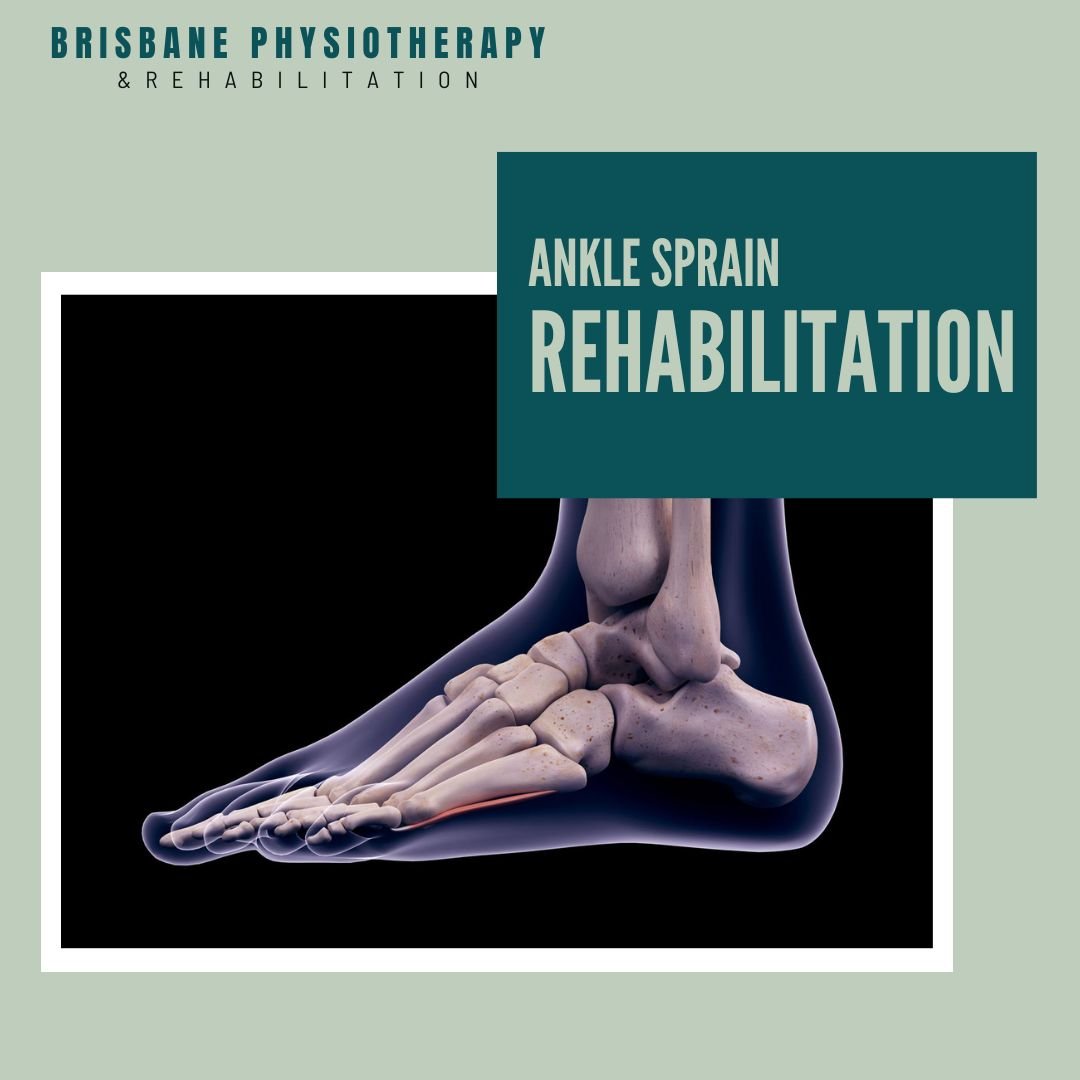Ankle Sprain Rehabilitation
Physiotherapy plays a crucial role in the management and rehabilitation of ankle sprains. The goals of physiotherapy for ankle sprains are to reduce pain and swelling, restore normal range of motion, improve strength and stability, and enhance functional abilities. Here's a general outline of the typical components of a physiotherapy program for ankle sprains:
Initial Assessment:
The physiotherapist will assess the severity of the ankle sprain, determine any associated injuries, and identify specific impairments.
Pain and Swelling Management: The initial focus is on reducing pain and swelling through techniques like ice, compression, and elevation.
Restoration of Range of Motion (ROM): through controlled and gentle stretching exercises and manual therapy to mobilize the ankle joint and surrounding tissues.
Next the focus will commence on Strengthening Exercises:
Isometric Exercises: isometric exercises (contracting muscles without joint movement) help activate muscles without putting excessive strain on the healing ligaments, before progressing to eccentric and concentric strength work
Progressive Resistance Exercises: As the ankle heals, progressive strengthening exercises are introduced, targeting the muscles around the ankle and lower leg.
Stability Exercises are too added to the program and include:
Proprioception Training: Exercises that challenge awareness of the body's position in space help improve joint stability.
Balance Exercises: Specific exercises on stable and unstable surfaces to enhance and improve balance.
Coordination Drills: Activities that involve complex movements to challenge the neuromuscular system.
Functional Rehabilitation commences to return to sport:
Sport-Specific Exercises: Tailored exercises that mimic the demands of the individual's sport or daily activities.
Agility Training: Incorporating cutting, jumping, and directional changes to simulate real-life movements.
Education and Prevention to address any other impairments and ensure nil further injury or re-aggravation on return to sport:
Biomechanical Assessment: Identifying and addressing any contributing factors to ankle instability or recurrent sprains.
Continuing Home Exercise Program: Providing a personalized set of exercises and stretches for ongoing self-management.
Footwear and Orthotics: Guidance on appropriate footwear and the use of orthotic devices, if necessary.
Finally, Gradual Return to Activity:
Progressive Loading: Gradually reintroducing activities and sports to ensure a safe and successful return to full function.
Monitoring and Follow-up: Regular assessments to monitor progress and make necessary adjustments to the rehabilitation plan.
It's crucial to note that the specific physical therapy approach may vary based on the severity of the ankle sprain, individual characteristics, and any additional factors contributing to the injury. Always consult with a healthcare professional or a physical therapist for a personalized rehabilitation plan tailored to your needs.




